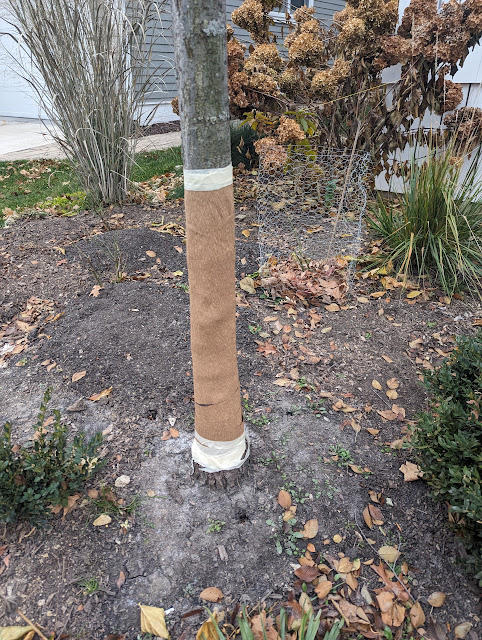Storing Dahlia Tubers in Saran Wrap - Overwintering Tubers - November 2025

Just yesterday, I posted my first Dahlia Tuber Ordering FOMO post about the initial tuber sale s that are about to start online. This is coming off my second successful season 1 of growing dahlias in the ground for cut flowers. But, before I can get busy ordering for next year, I have to dig-up and process the tubers that I have on-hand. This season, we grew A LOT of dahlias. Here at my house, I grew dahlias in the backyard, sideyard, front yard and IB2DWs. I also gave away a few tubers - to my mom and sister. We had something like 20-or-so tubers to start the year. And, that means...the time has come to try to keep them over the winter. Last year (my first year), I used the "Saran Wrap Method" to keep my tubers. And, that seemed to work. (Or, I just got lucky?). I only lost a couple to rot with most of the rest coming thru the Winter and sprouting. Here's a post from early December last year showing the Sara...


















